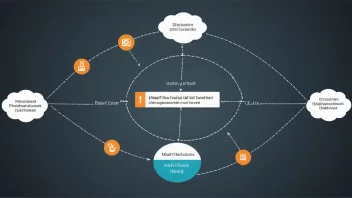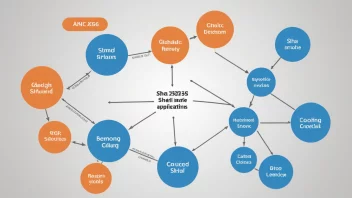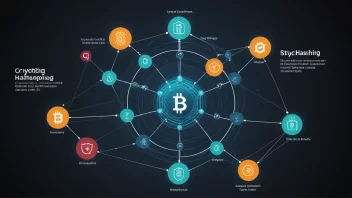Introduction
Open Source Intelligence (OSINT) is a crucial aspect of information gathering that leverages publicly available data for various applications, from national security to business intelligence. It encompasses a variety of information sources, including social media, public records, and government reports, making it a versatile tool in both the private and public sectors. Below, we address some common questions about OSINT to help you better understand its significance and applications.
What is Open Source Intelligence (OSINT)?
Open Source Intelligence (OSINT) refers to the process of collecting, analyzing, and utilizing information from publicly available sources. This can include data from websites, social media platforms, forums, and other accessible materials. Unlike classified intelligence, OSINT is legal and ethical, making it widely applicable.
What are the primary sources of OSINT?
OSINT can be derived from a multitude of sources, including:
- Internet: Websites, blogs, and forums
- Social Media: Platforms such as Twitter, Facebook, and LinkedIn
- Public Records: Government publications, court records, and databases
- Media Outlets: News articles, press releases, and reports
- Academic Journals: Research papers and studies
How is OSINT used in cybersecurity?
In the realm of cybersecurity, OSINT plays a significant role in threat intelligence. Organizations can use OSINT to:
- Identify Vulnerabilities: By analyzing data from various sources, organizations can pinpoint potential weaknesses in their systems.
- Monitor Threats: Keeping an eye on discussions and reports regarding emerging threats helps organizations stay ahead.
- Incident Response: OSINT aids in understanding the scope and impact of security incidents by providing context.
What are the benefits of using OSINT?
The benefits of utilizing OSINT include:
- Cost-Effective: Since OSINT relies on publicly available information, it often requires fewer resources compared to other intelligence-gathering methods.
- Timeliness: Information is often readily available, allowing for quick analysis and decision-making.
- Diversity of Sources: The vast range of information available enables comprehensive analysis from multiple perspectives.
Are there any ethical concerns with OSINT?
While OSINT is legal, ethical concerns can arise, particularly regarding:
- Privacy: Collecting data from personal social media accounts without consent can violate individuals' privacy rights.
- Data Accuracy: Information obtained through OSINT may not always be reliable, leading to potential misinformation.
- Misuse of Information: There is a risk that OSINT can be used for malicious purposes, such as stalking or harassment.
How can I get started with OSINT?
To begin utilizing OSINT, consider the following steps:
- Define Your Objectives: Clearly outline what information you need and why.
- Choose Your Tools: There are various OSINT tools available, such as Maltego, Shodan, and various social media scraping tools.
- Practice Ethical Standards: Always prioritize ethical considerations and legal boundaries when gathering information.
- Stay Updated: OSINT techniques and tools are constantly evolving, so continuous learning is crucial.
What are some real-world applications of OSINT?
OSINT has numerous applications across different fields, including:
- National Security: Governments utilize OSINT for surveillance and threat assessment.
- Business Intelligence: Companies analyze competitors and market trends using publicly available data.
- Law Enforcement: Police departments use OSINT to gather information on suspects and criminal activities.
Conclusion
Open Source Intelligence (OSINT) is a powerful tool that enables individuals and organizations to gather valuable insights from publicly available data. By understanding its applications, sources, and ethical considerations, users can leverage OSINT effectively to enhance their decision-making processes.






